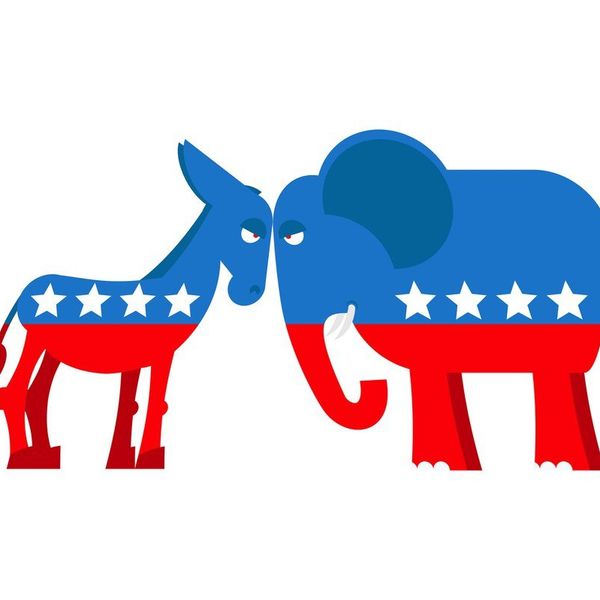Even the most politically engaged citizen may not understand every detail or regulation surrounding our modern political system, but all Americans understand politics is a game controlled by money. Campaigns for federal office cost millions of dollars or more—President Obama’s 2012 campaign cost upwards on 1.1 billion dollars in total. These funds are essential to advertising efforts and gaining support across the country, but where in the world does all this money come from?
Although multiple attempts have been made to limit and direct campaign funding in the United States since the early twentieth century, money always seems to adapt and find its way into the political scene. The continually changing regulations present a very fluid story of political finance full of acronyms and small print the average citizen overlooks without repercussion. In the most simple and general terms, the most influential, modern, sources of campaign funding are:
PACs (Political Action Committee):
First formed in 1943, PACs are the oldest advocacy group used to fund political campaigns. They are a group that spends money on elections and is not run by a party or candidate. PACs are heavily regulated though; individuals, other PACs and party committees may only contribute $5,000 to a PAC each year. Additionally, PACs may only gift $5,000 to a candidate or other PAC each year, but may give $15,000 to a national party committee.
Super PACS:
Super PACs are a relatively new and controversial way to raise political funds. They are allowed to raise and spend unlimited amounts of money from corporations, unions, individuals and associations, but they cannot directly donate to federal candidates or parties.
Political Parties:
Although the growing influence of Super PACs is calling the role of political parties fundraising into question, candidates typically rely on their national party for extremely large donations. Currently, Donald Trump has received over 2 million dollars from the RNC, while Hilary Clinton received over 150 million dollars from the DNC.
Individual Contributions:
With today’s technology, it is significantly easier for individuals to contribute to political campaigns—donations can be made by the click of a button online. Nearly half of the donors to President Obama’s reelection campaign in 2011 gave $200 or less, but these small contributions added up. President Obama raised more money from these small donors, $56.7 million, than Romney raised in total. Currently, an individual may give $30,800 to a national political party committee (RNC/DNC) and up to $2,500 per candidate per election.
How are today’s presidential candidates utilizing these resources?
“Tracking the 2016 Presidential Money Race” outlines the nontraditional campaign financing by describing the campaign spending of both Clinton and Trump, specifically during the month of July.
Unsurprisingly, Clinton nearly doubled Trump’s 18 million dollars spent in July. The sources of funding, however, make the race interesting. Trump self-funded 48 million dollars. Meanwhile, the RNC spent 50.4 million dollars more than the DNC. The largest difference between the candidates surrounds Super PAC support. Clinton’s four largest Super PACs contributed 131 million. Meanwhile, Trump’s Super PACs claim a mere 12.1 million. Clinton is also receiving millions more in individual campaign contributions.
Besides himself, the RNC is one of the only major contributors to the Trump campaign, reinstating the relevance of party financing. Additionally, the importance of Super PACs and individual contributions seems only to apply to Clinton. Clinton’s financing seems almost cookie-cutter while Trump, as always, is challenging political norms.
Although studying political finance can easily become confusing with changing regulations and loopholes, when deciding how to cast your ballot in November, it can be helpful to understand how a candidate is raising and spending their money which may foreshadow future political loyalties and decisions.


















